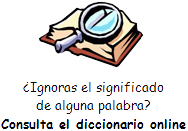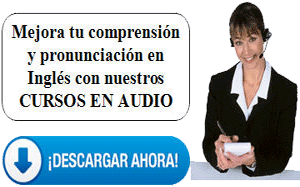How to Inspect Your Own Writing
Recently, someone asked us, “Can you please tell me who is the highest
authority or is the most respected resource regarding writing rules?”
There are several excellent sources on writing rules. However, the rules
are different for different fields, such as business, technology,
government, or academic writing.
Strunk & White
Full-time writers often turn to a handbook, such as Strunk and White’s
“The Elements of Style.” This book, published in 1959, combined the
earlier work of William Strunk, Junior and E. B. White, the writer of
several popular children’s books. “The Elements of Style” has simple
rules for good writing. You can get the 1920 version of the book free on
Project Gutenberg. More recent versions deal with issues of gender and
changes in punctuation.
Chicago Manual of Style
Students writing a report for school may use a book like The Chicago
Manual of Style, from the University of Chicago. The Chicago Manual
deals with English grammar and how to prepare an academic paper. It was
first published in 1906. Kate L. Turabian’s Manual for Writers of
Research Papers, Theses, and Dissertations is based on The Chicago
Manual. Her work is especially helpful for high school and college
students. It is available free online.
Purdue OWL
An excellent place to look for help with writing is Purdue University’s
Online Writing Lab, or “OWL” for short. As noted earlier, technical and
professional writing is different from what teachers expect of writing
in school. So, Purdue OWL has a guide for writing business letters and
technical materials.
The OWL has helpful resources for writing teachers who are working
remotely, too. Teachers can download presentations on many subjects
related to writing.
Avoiding plagiarism
Another English learner asked us how to avoid plagiarism when writing.
Plagiarism is when someone takes another person’s work and passes it off
as their own.
Many schools punish students severely for copying the words of another
writer. For those learning English, writing has different problems, and
to help them, the OWL has one part especially for ESL students. It
includes an explanation of how American schools deal with plagiarism.
When students find information on the internet, it is too easy to copy
it and put it directly into their own written work. To avoid this, the
OWL urges you to take more time to deeply understand what you read.
Begin by looking at books and printed materials before turning to the
internet. When you find information on the internet, write down notes by
hand in a notebook. As you write, put the ideas into your own words.
This process is called paraphrasing.
Think about the meaning of the whole work. You want to tell your reader
how this information is related to your own ideas. If you use another
writer’s exact words, make sure to place quotation marks [“_”] before
and after them, and tell your reader how to find the original source.
The guides I named earlier in this report explain how to quote work in
different styles of writing.
If you are not sure about how well you paraphrased another writer’s
work, there are online tools that will tell you how closely your work
resembles that of someone else. Ask your school which tool they suggest.
Or you can take a few lines from your written work and copy them into an
internet search engine. If they are the same as another published work,
the search result will probably identify that work.
Work with others
Another good way to test your writing is to read it aloud and see if it
is easy to understand. Ask a friend or a family member to listen as you
read it and tell you if they can understand. Writing well is not easy,
but when finished you will have a good feeling: you have communicated
your ideas to others clearly. |
![]() ).
Utiliza el botón derecho del ratón y "guardar enlace" para descargar el
fichero a tu PC, tablet, Smartphone, etc.
).
Utiliza el botón derecho del ratón y "guardar enlace" para descargar el
fichero a tu PC, tablet, Smartphone, etc.![]() Escucha el audio
Escucha el audio



